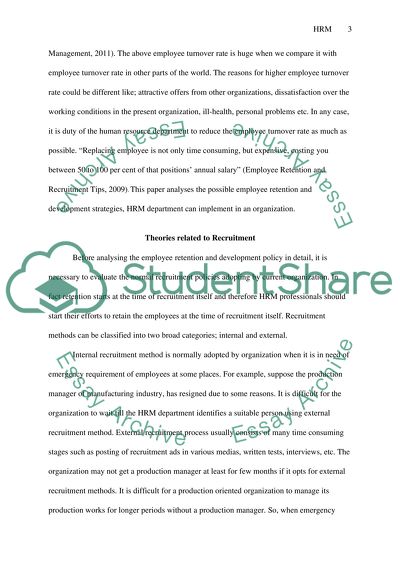Cite this document
(“Employee retention and development Essay Example | Topics and Well Written Essays - 3000 words”, n.d.)
Retrieved de https://studentshare.org/human-resources/1391088-human-resource-management
Retrieved de https://studentshare.org/human-resources/1391088-human-resource-management
(Employee Retention and Development Essay Example | Topics and Well Written Essays - 3000 Words)
https://studentshare.org/human-resources/1391088-human-resource-management.
https://studentshare.org/human-resources/1391088-human-resource-management.
“Employee Retention and Development Essay Example | Topics and Well Written Essays - 3000 Words”, n.d. https://studentshare.org/human-resources/1391088-human-resource-management.


